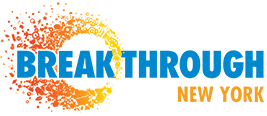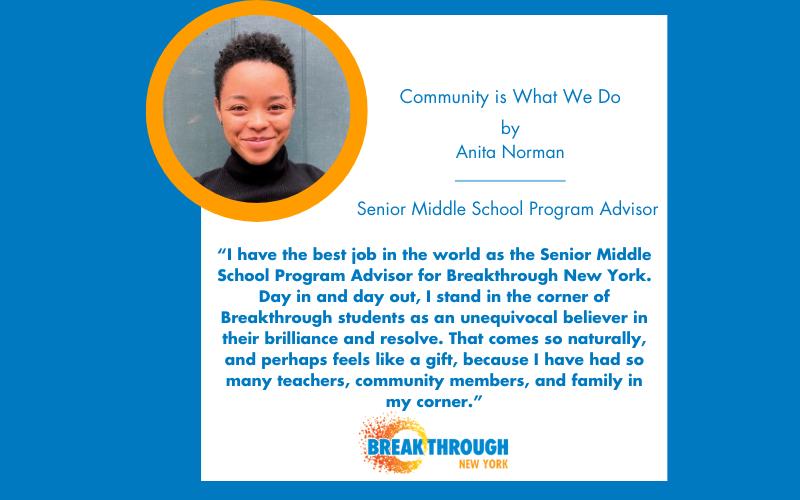Anita has worked for Breakthrough New York for nearly four years, first as a Brooklyn Program Manager and now as the Senior Middle School Program Advisor. In this essay, she reflects on the magic of the Breakthrough community and her experiences building project-based learning curricula.
I have the best job in the world as the Senior Middle School Advisor for Breakthrough New York. Day in and day out, I stand in the corner of Breakthrough students as an unequivocal believer in their brilliance and resolve. That comes so naturally and perhaps feels like a gift because I have had so many teachers, community members, and family in my corner. They are still shouting my name with pom poms and cheers abundant. It’s important to lean into that tradition by sharing the gift with others, by pouring back into the cup that has been poured over me.
I have always been perplexed by how devastatingly easy it can be to forget who’s behind you when you’re in unfamiliar places or when you begin to feel an inkling of doubt. “Can I do this?” or “Am I good enough?” The moments of uncertainty remind me of the power of community support, and it’s why I’m here.
Breakthrough’s model centers on the idea that self-belief can overcome barriers and that before we can address the towering walls of systemic inequality, we have to take an internal inventory. What are the ways I can cultivate my greatest strengths and who are the people around me who are trying to climb, too? I have always believed in community as the fulcrum, anchoring personal transformation and collective progress. This belief shapes the way I approach education. That’s why I developed a project-based learning curriculum framework that asks students to think about how challenges they are facing in their local contexts connect to the United Nations Sustainable Development Goals.
Students analyze global challenges such as flooding in South Sudan, unsustainable city design in Spain, or a lack of renewable power resources in rural India, and then apply those insights to develop solutions for similar issues in their own communities. We watch documentaries, debate, design climate solutions infographics, and reimagine the fashion industry through the lens of the circular economy. Students are drafting models of a new city map of New York City, where bikes are the primary mode of transportation and where every apartment building is required to grow a rooftop garden.
In our project-based learning, community is at the heart of what we do. Students don’t just study global issues in isolation; they engage in urban redesign by connecting with local experts, drafting neighborhood surveys, and collaborating with community leaders. When they reimagine New York City with bikes as the primary mode of transportation, they’re not just drawing plans – they’re planning to interview local cyclists or dreaming of cycling forward communities in Europe, even preparing talking points for local transportation officials. And rooftop gardens aren’t just theoretical exercises; students are researching local urban farming initiatives, learning from seasoned gardeners in the community, and maybe one day actually implementing small-scale gardens in their schools or neighborhoods. This community-embedded lens shifts abstract global goals into tangible local action.
It’s a reflection of my own journey – from a student supported by a strong community to a community member fostering that same sense of possibility for students who might need just a bit of reminding of their power. In stewarding educational and communal experiences that push and pull and chisel and expose, I am continually looking back at my own corner, the pom poms, the cheers, and the people who have always believed in me.


